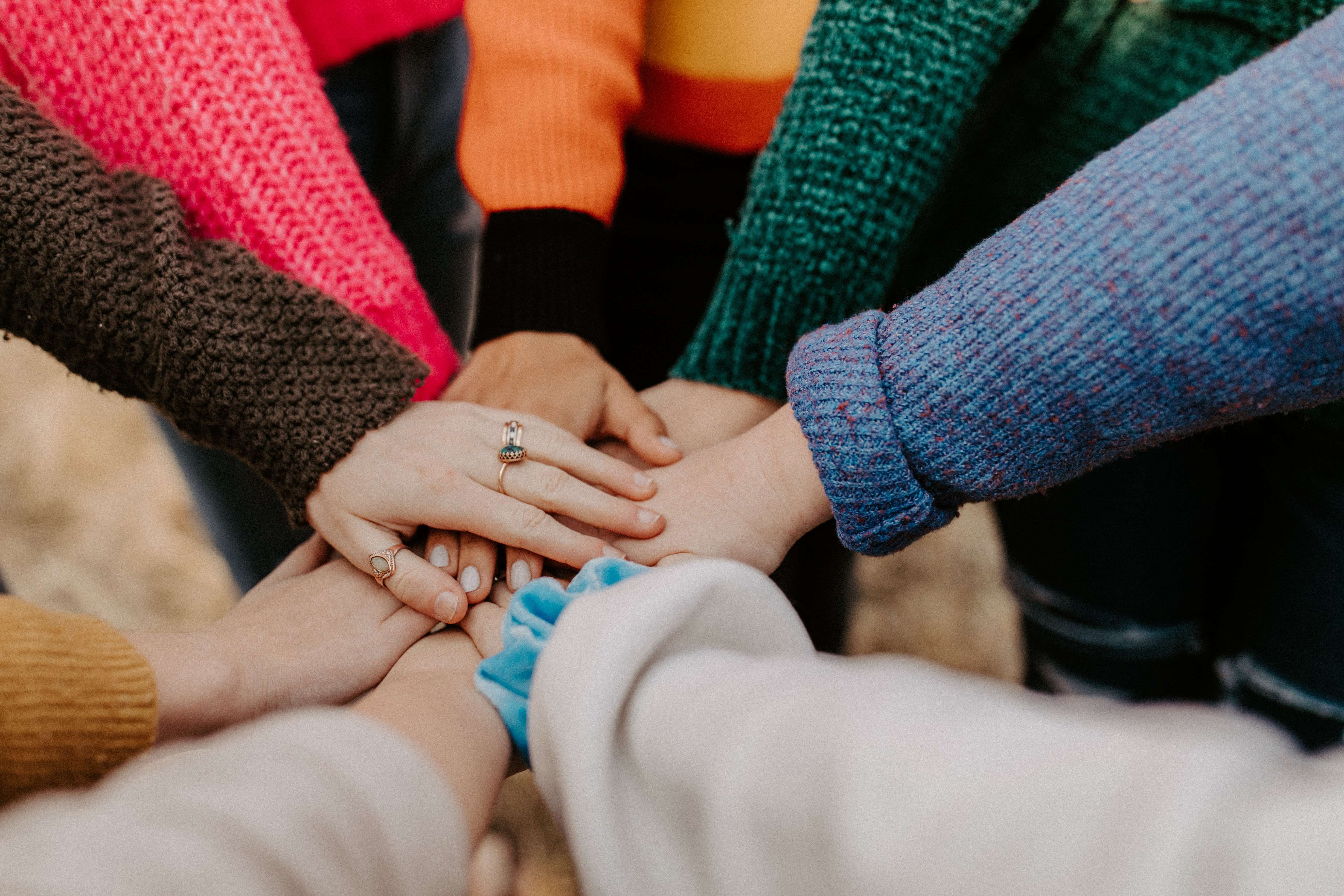
Heidi Silvey is a leader in stabilization, transition, countering violent extremism, and rule of law programming with more than 17 years of experience in conflict, post-conflict, and emergency settings. She has worked on programs in across the Middle East, North and West Africa, Eastern Europe, and the Balkans and currently serves as Chief of Party for DT Global’s Syria program. As part of our series of interviews with DT Global Chiefs of Party, we sat down with Ms. Silvey to discuss how she’s worked with communities and local governance structures to initiate effective programming in some of the world’s most challenging environments.
Effective community engagement is one method to understand perceptions. Engagement helps development practitioners understand community needs and gaps in the availability of essential services, as well as understand which partners to work with. It also supports community buy-in, without which activities may be less secure and potentially less sustainable.
To bolster community engagement, it is important to do some kind of data-driven analysis, using research, surveys, and/or focus group discussions where possible, before starting programming. Depending on the capacity of your team, you can also work through local NGOs and train them to be enumerators versus hiring external research teams. For our program in northeast Syria, we undertake data collection efforts before the initiation of activities, including surveys, focus group discussions, or meeting with local governance entities, to the extent they exist. We also always meet with the local organizations with whom we propose to work.
To support this kind of engagement, it is important to hire skilled and dedicated local staff. These staff can help the rest of the team identify key local stakeholders and understand how best to maintain neutrality. It can also be effective to work with or through a local council, or with and through the military, depending on the country, context, and which actors have the greatest local legitimacy. In some countries in which I have worked, the military has been a key partner and we’ve been able to tap into their work and connections to design good programs that effectively leverage past accomplishments.
The thing to remember is that there’s always some sort of power structure—it just might be nascent or not what we are used to seeing. There could be informal, traditional/tribal structures, or formal local municipal government entities. These structures can also vary widely within a country; various provinces might have different tribes, ethnicities, leaders, and perspectives on our programming.
For instance, in early 2005 there was a desperate need to restore Fallujah after two battles decimated the city the year prior. From rubble removal to building restoration—you name it—it was broken, and there was no power, water, or sewage. But the citizens of Fallujah had a pre-existing local governance structure. Those local officials could advocate on behalf of the citizens. There were also municipal engineers working in Fallujah with the government prior to the battles. They knew how the municipal systems, such as sewer, water, and electricity, were laid out, and used this knowledge to advocate for support to start rebuilding the city. Every situation is different, but if you look for it, the entry points exist.
I went to law school because I was motivated to be of assistance to individuals who could not necessarily afford legal counsel or had a difficult problem set. The opportunity to work with the American Bar Association (ABA) on the previous Central and Eastern European Law Initiative (CEELI, now the ABA’s Rule of Law Initiative) on a one-year program presented itself as part of an intended sabbatical. I went to Armenia in early 2001. After three months I realized this work was what I really wanted to do. I worked for ABA CEELI in Armenia for three years, and then in Ukraine in the run up to the Orange Revolution in late 2004— it was a fascinating time to be in the country.
By the end of 2004 I found myself stepping off a helicopter in Baghdad, where I worked with USAID’s/Office of Transition Initiatives as a Program Manager and then Country Representative in Iraq for the next two years, before heading to Afghanistan. Iraq, Afghanistan, Liberia, Chad, and Tunisia. These locations have not always been easy places to work, but throughout my career I’ve been attracted by the opportunity to make a positive difference in the lives of people who need assistance most.